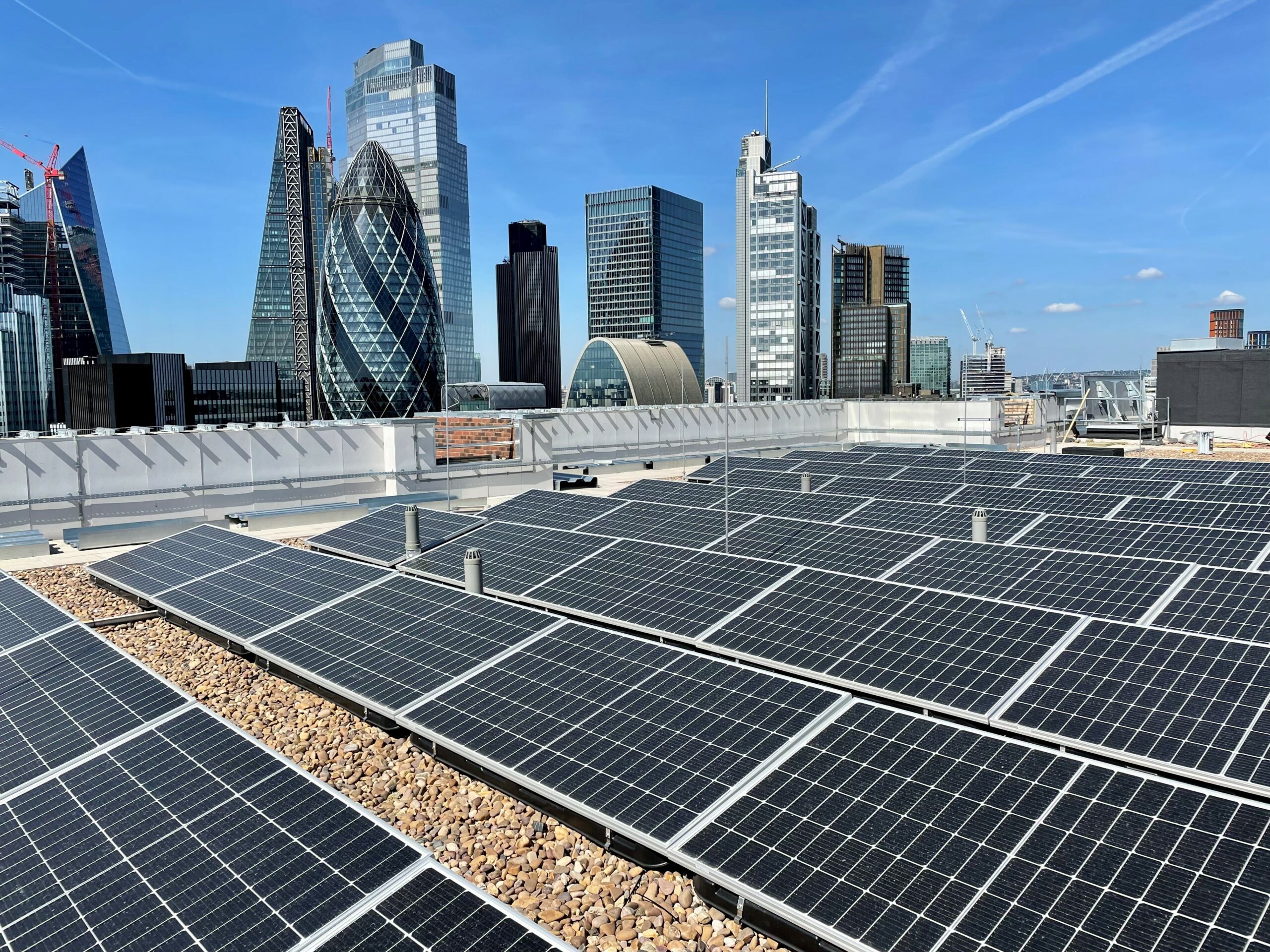Tackling climate change
We’re playing our part in keeping global warming below 1.5°C, reducing greenhouse gas emissions from operations and new buildings in line with Science Based carbon targets to be net zero carbon by 2030.
Tackling climate change
We’re playing our part in keeping global warming below 1.5°C, reducing greenhouse gas emissions from operations and new buildings in line with Science Based carbon targets to be net zero carbon by 2030.
- Investing £10m every year to make our buildings more energy efficient
- Buying 100% certified renewable electricity in line with RE100 and working towards zero gas use
- Moving to electric vehicles
- Reducing the carbon footprint of constructing new buildings
- Managing and mitigating climate related risks in line with TCFD
Both our operations and developments by 2030
Net zero carbon
Our Net zero carbon pathway, published in December 2021, explains how we plan to improve operational performance in our existing estate and turn our vision for net zero carbon new developments into a reality.
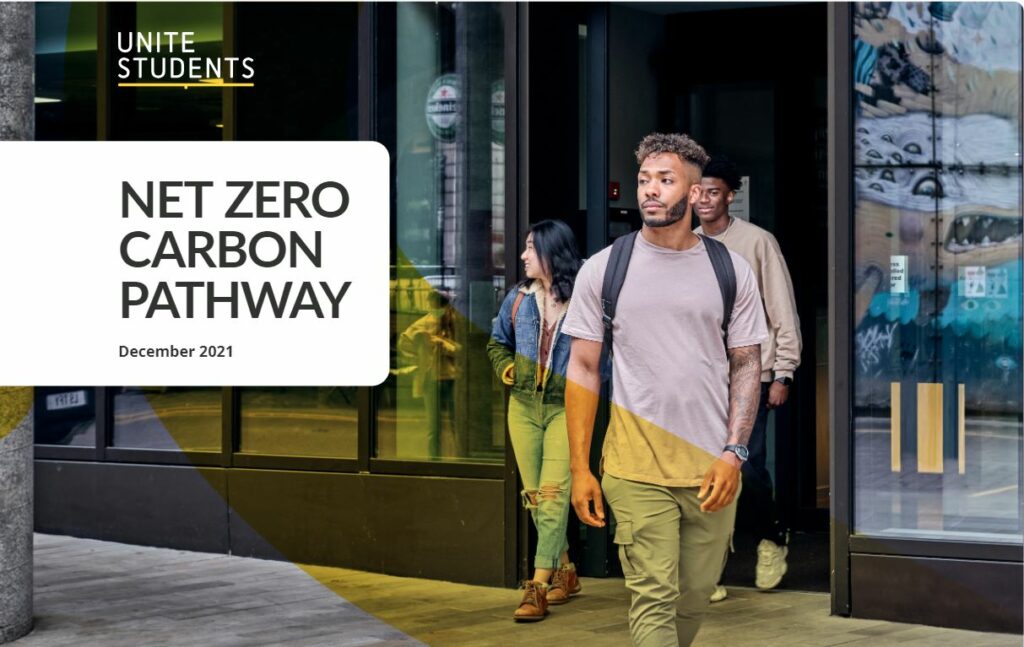

Podcast
The future of environmental sustainability in PBSA
Environmental sustainability is ever-more important within the purpose-built student accommodation (PBSA) sector - but how can we get to net-zero in operations and development, and what does the future hold? Our expert panel explores some of the challenges and solutions.
Our panel of experts explores how to tackle net-zero in PBSA, engaging students on sustainability within accommodation, how sustainable accommodation can improve the student experience, the possibilities of AI and much more.
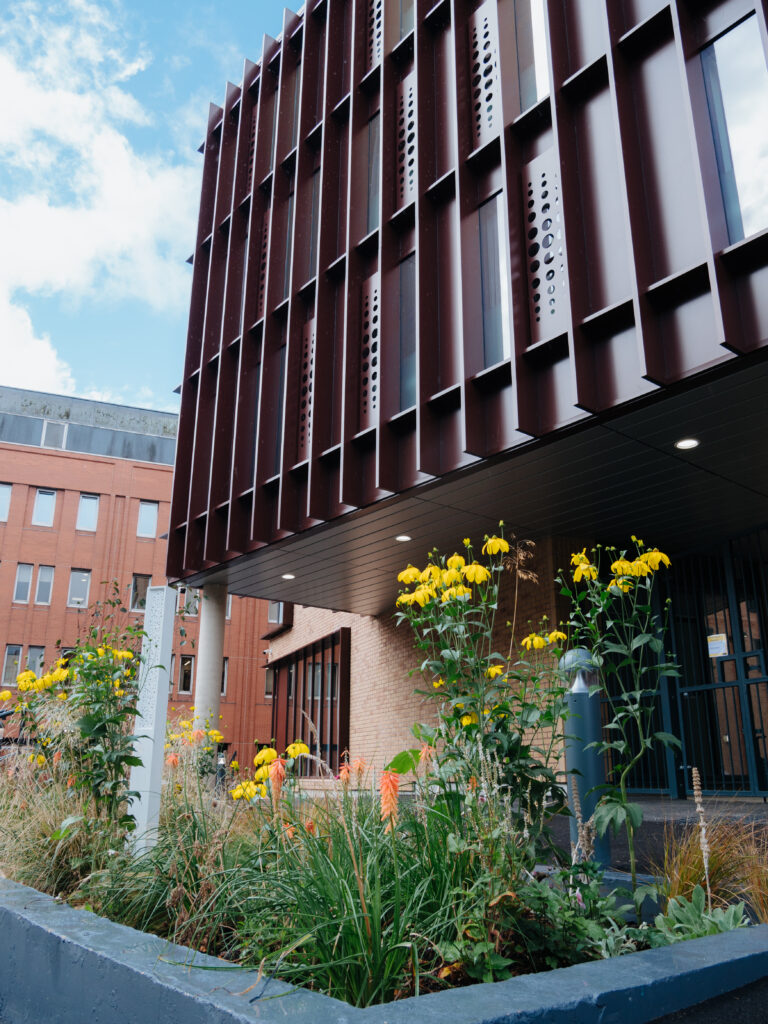

Addressing climate risks
Climate change poses a serious threat and as a TCFD supporter we disclose the details of the most significant climate related risks for our business. Water stress is one such long-term issue, so we have been trialling ways to reduce water use in our existing buildings.
To minimise disruption and rising water prices, we have been trialling ways to reduce water stress, including the use of cistern-less toilet flush mechanisms. These shows the potential to cut water use by half. We are running further trials throughout 2022, with a view to expand this project into 2023 and beyond if it is as successful as it seems when rolled out on a wider scale.
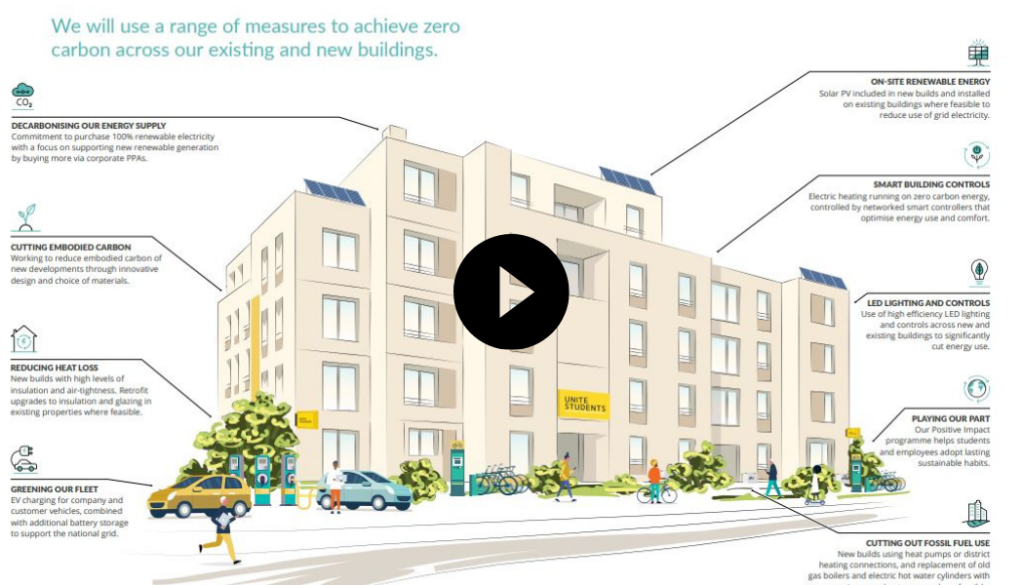
Our vision for net zero carbon buildings: The 4 C's
Our current projects in development are incorporating aspects which reduce both embodied carbon and operational energy. You can view our vision for net zero carbon building (the 4 C's) below.
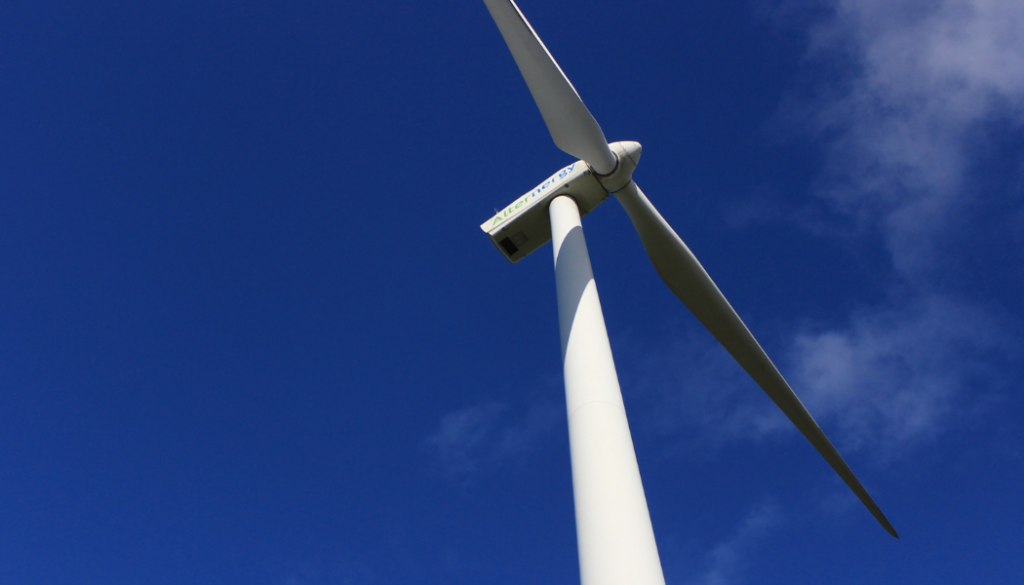
Corporate power purchase agreement: Strengthening our commitment to renewable energy
Since 2017, all electicity bought under our group supply contract with Npower (around 73% of the total electricity consumption across our buildings) comes from renewable sources and is backed by REGOs (Renewable Energy Guarantee of Origin Certificates) meaning it is zero carbon. However, to support our net-zero carbon ambitions we will need to go further, and buy energy in ways that directly support the creation of the new renewable energy generation – a feature known as signing a five-megawatt “additionality”.
Since 2017, all electicity bought under our group supply contract with Npower (around 73% of the total electricity consumption across our buildings) comes from renewable sources and is backed by REGOs (Renewable Energy Guarantee of Origin Certificates) meaning it is zero carbon. However, to support our net-zero carbon ambitions we will need to go further, and buy energy in ways that directly support the creation of the new renewable energy generation – a feature known as signing a five-megawatt “additionality”. In 2020 we took our first steps in this direction, signing a 5MW corporate power purchase agreement (PPA) meaning that around 20% of our total electricity will come from a specific wind farm in Scotland, and we are already looking for ways to increase the proportion energy we buy under similar arrangement in future.
“Buying electricity through a corporate power purchase agreement created a strong link between the end user and a specific renewable generator. We were delighted to work with Unite and help deliver real reductions in carbon emissions via a 5MW corporate PPA with the Galawhistle wind farm in Scotland.”
– N Power
Find out more

Greener, sustainable buildings

Responsible use of resources


